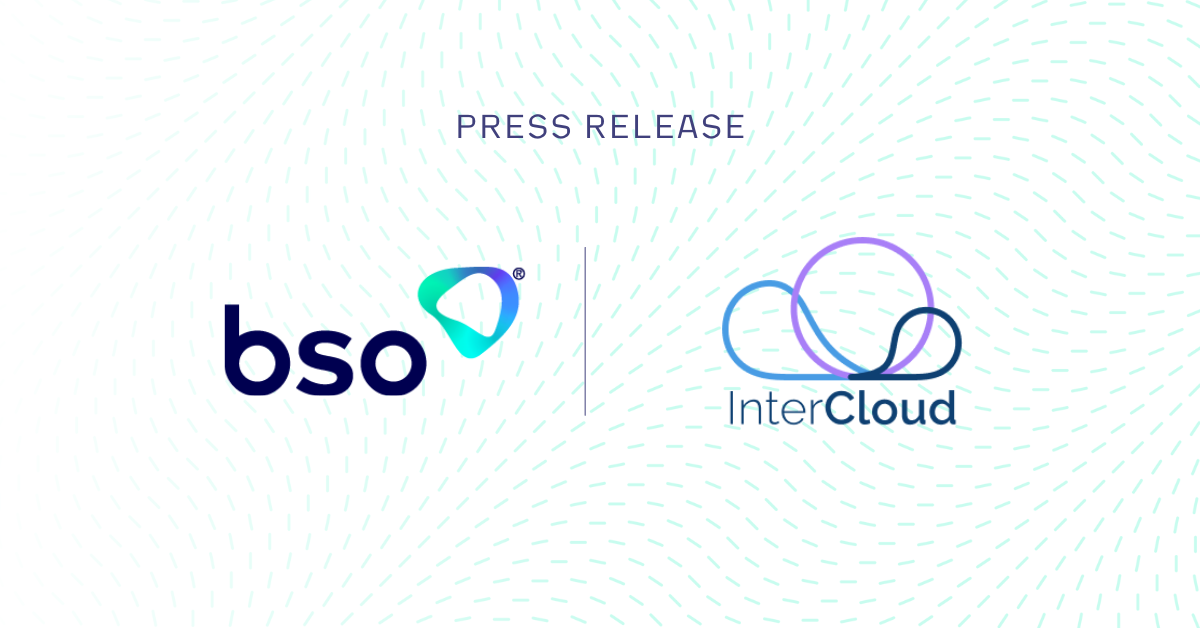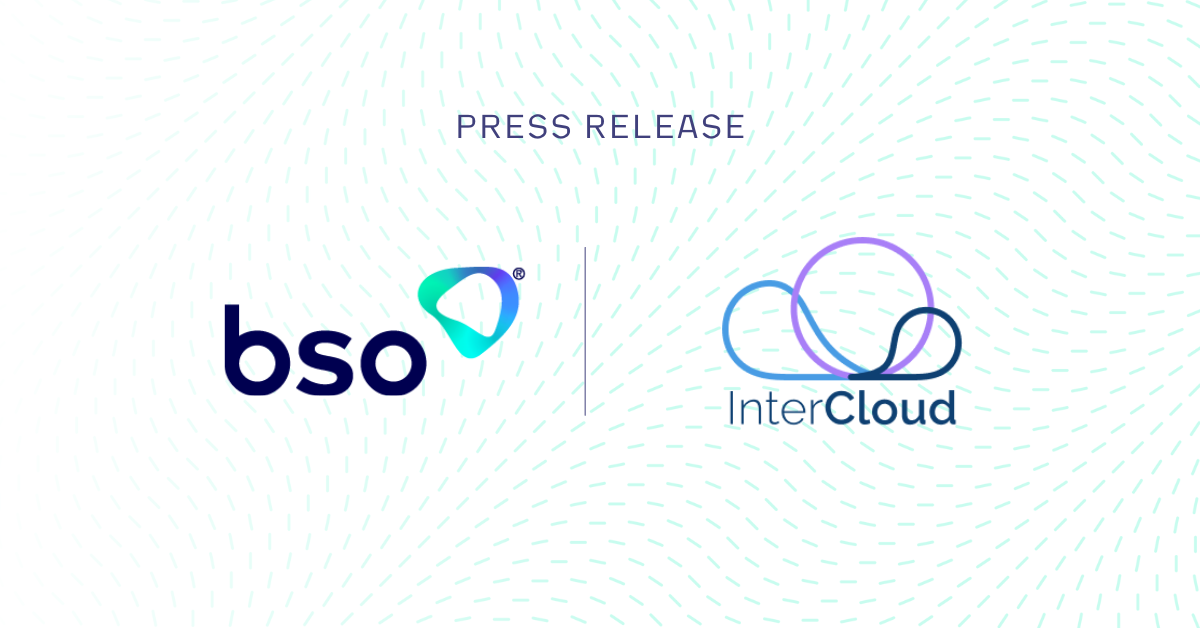
If there is one lesson to be learned from the unprecedented events of 2020, it’s that we should always be prepared to expect the unexpected. This time last year, for example, who could have predicted the global shift to home working – and trading – as a result of the global pandemic? So, what about network connectivity? How can you future-proof your FX network connectivity needs in this uncertain time and ever-changing market? We discuss this and some of the latest connectivity trends in the FX market.
How the Covid-19 pandemic has impacted the FX market:
In the global FX markets, Covid-19 not only changed how and where people work, but it also heightened market volatility and disrupted liquidity during 2020, highlighting the fact that the FX market is a constantly shifting and evolving ecosystem. The needs of FX market participants – whether liquidity providers, intermediaries or end-users, in all their forms – are also constantly changing and never static. This is particularly the case when it comes to how and where firms access the markets. Reliable network connectivity is a key factor.
FX trends that can help to future-proof network connectivity:
Let’s look at some of the recent trends we’re seeing around connectivity and how different organisations and regions are future-proofing network connectivity to meet the needs of the every-changing FX market
Access to liquidity:
One of the key aspects of FX is that it’s a globally interconnected marketplace, arguably more so than any other asset class. This means that every market participant, from the largest tier one bank to the individual day trader, needs to ensure they have the appropriate network connectivity in place to access global liquidity centres under any current or future scenario.
From the perspective of the liquidity providers, this means being collocated in all the right data centres and having the fastest and most reliable network connections between them.
Growth of FX matching engines in data centres in Asia and the Middle East:
Currently, the key liquidity centres for FX are located in London, New York and Tokyo. Increasingly, however, major banks are installing FX matching engines in data centres in additional locations, such as Singapore and Shanghai. Just recently, for example, Barclays announced the deployment of a new FX trading and pricing engine in Singapore.
Singapore is now the third-largest FX trading centre in the world by turnover, according to BIS figures. Much of this is due to the Monetary Authority of Singapore’s (MAS) efforts to establish the city-state as a leading global FX centre. The regulator has created a number of incentives for liquidity providers to locate FX matching engines in the region. As a result, tier one and two banks, including Standard Chartered, JP Morgan Chase, BNY Mellon, Citi, BNP and UBS, together with a growing community of non-bank FX liquidity providers, such as XTX, as well as some of the biggest FX trading platform providers, have now built out pricing and trading engines in data centres such as Equinix’s SG1 facility.
Reduced latency and more direct network connectivity:
The latency between Singapore and other trading centres is also steadily being reduced, particularly as more direct connectivity is being introduced by leading financial network providers.
Another location that is of particular interest is Dubai. Like Singapore, Dubai has a forward-thinking regulator in the Dubai Financial Services Authority (DFSA), which has the remit to regulate FX trading in the Dubai International Financial Centre (DIFC). As a result of its initiatives to establish a regulatory environment of international standards, FX volumes in the region are not only growing but accelerating. The Dubai Gold and Commodities Exchange (DGCX) has contributed to this growth with the recent launch of its FX Rolling Futures contracts. With Dubai now firmly established as the Middle East & North Africa (MENA) hub for foreign exchange, firms are actively seeking the lowest latency connectivity between Dubai and other global financial centres.
This is leading to a growing trend of tier one and tier two banks building out infrastructure in these new trading centres, to provide local and regional customers with better price discovery and improved execution quality.
Cloud connectivity and its role in future-proofing network connectivity:
For the banks themselves, having the lowest latency, highest availability network connectivity between all of these locations is essential. But what is becoming increasingly important for market intermediaries and their end customers is secure and reliable cloud connectivity, particularly as a growing number of trading firms are now accessing the markets via the cloud.
Many FX technologies and liquidity aggregation platforms now offer cloud-hosted services to reduce the infrastructure requirements of end-user firms. This means high-performance connectivity to the cloud is becoming increasingly essential. Platform providers also need to be able to link their cloud-based offerings with collocated financial data centres in the primary FX market locations.
Demand for access to crypto markets accelerating cloud connectivity needs:
Another network connectivity trend that is accelerating the need for cloud connectivity is the growing demand from end-user firms to access crypto markets alongside FX. Operators in the cryptocurrency space increasingly require both high speed and high reliability when providing customers with access to their markets via the cloud, and are turning to specialist low latency financial network and connectivity vendors to satisfy those needs. In December 2020 for example, CryptoStruct, the crypto infrastructure vendor, announced a partnership with BSO to develop a bespoke ultra-low latency cloud connectivity solution for their trading platform.
While the cryptocurrency market is still only a fraction of the size of the global FX market, it continues to grow and is starting to see increased institutional activity, especially as more and more crypto market operators are now putting in place institutional-grade infrastructure by hosting their matching engines in well-established financial data centres. Once again, this emphasises the need for secure, reliable and high-speed network connectivity to both the cloud and existing electronic trading venues.
Conclusion
As the global FX markets adapt and evolve to an ever-changing world, network connectivity becomes ever more important. Firms need to ensure they work with connectivity partners that can provide the lowest latency between well-established and growth liquidity centres, cloud connectivity integrated with a dedicated financial network, and access to new trading platforms. Not just for FX and other traditional asset classes such as equities and derivatives, but also crypto – an area of increasing interest to FX traders.
By working with such technology partners, firms can ensure they are future-proofing all their FX network connectivity needs.
Are you interested in future-proofing your capital markets infrastructure? Get in touch with BSO today and book a free consultation with our experts at hello@bso.co
Note: This article was originally published in the e-Forex magazine February 2021 edition.
ABOUT BSO
The company was founded in 2004 and serves the world’s largest financial institutions. BSO is a global pioneering infrastructure and connectivity provider, helping over 600 data-intensive businesses across diverse markets, including financial services, technology, energy, e-commerce, media and others. BSO owns and provides mission-critical infrastructure, including network connectivity, cloud solutions, managed services and hosting, that are specific and dedicated to each customer served.
The company’s network comprises 240+ PoPs across 33 markets, 50+ cloud on-ramps, is integrated with all major public cloud providers and connects to 75+ on-net internet exchanges and 30+ stock exchanges. The team of experts works closely with customers in order to create solutions that meet the detailed and specific needs of their business, providing the latency, resilience and security they need regardless of location.
BSO is headquartered in Ireland, and has 11 offices across the globe, including London, New York, Paris, Dubai, Hong Kong and Singapore. Access our website and find out more information: www.bso.co
SALES ENQUIRY
Get in touch now. Find out how we can transform your business_
You might be interested in_
THE BSO DIFFERENCE
The industries we work across_





/Revolutionising-Connectivity%20BSOs-Tailored-Cloud-Solution-for-CryptoStruct-GmbH.png?width=1050&height=550&name=Revolutionising-Connectivity%20BSOs-Tailored-Cloud-Solution-for-CryptoStruct-GmbH.png)
/6%20Cloud%20Best%20Practices%20for%20Financial%20Technology%20Companies.jpg?width=1200&height=600&name=6%20Cloud%20Best%20Practices%20for%20Financial%20Technology%20Companies.jpg)










